Imagine walking into your home, and the lights automatically adjust to your preferred brightness. Your favorite playlist starts playing, and the thermostat has already set the perfect temperature. This isn’t some futuristic dream anymore – it’s what smart home improvement can do for your everyday life.
The beauty of modernizing your space with technology is that you don’t need to gut your entire home or spend thousands of dollars. You can start small, adding one smart device at a time, and gradually build a connected home that actually makes sense for how you live. Whether you’re tech-savvy or just getting started, there’s a smart upgrade that fits your comfort level.
What I love most about these upgrades is how they solve real problems. Forgot to turn off the lights? No problem. Want to check who’s at the door while you’re at work? Done. These aren’t just gadgets for the sake of having gadgets – they’re practical solutions that give you more control, convenience, and peace of mind.
Why Smart Home Technology Makes Sense Now

Let’s be honest – a few years ago, smart home devices felt complicated and expensive. But things have changed dramatically. Today’s modern smart devices are more affordable, easier to install, and actually work together seamlessly. You don’t need to be an electrician or a tech expert to set them up.
The real shift happened when companies started focusing on user experience. Most smart devices now connect to your existing Wi-Fi and can be controlled through simple apps on your phone. Some even work with voice assistants you might already have, making the whole experience feel natural rather than overwhelming.
Another reason to consider these upgrades now? They can actually save you money in the long run. Smart thermostats learn your habits and reduce energy waste. Smart lighting turns off when you forget. These small efficiencies add up on your monthly bills while making your home more environmentally friendly.
1. Smart Lighting That Sets the Perfect Mood
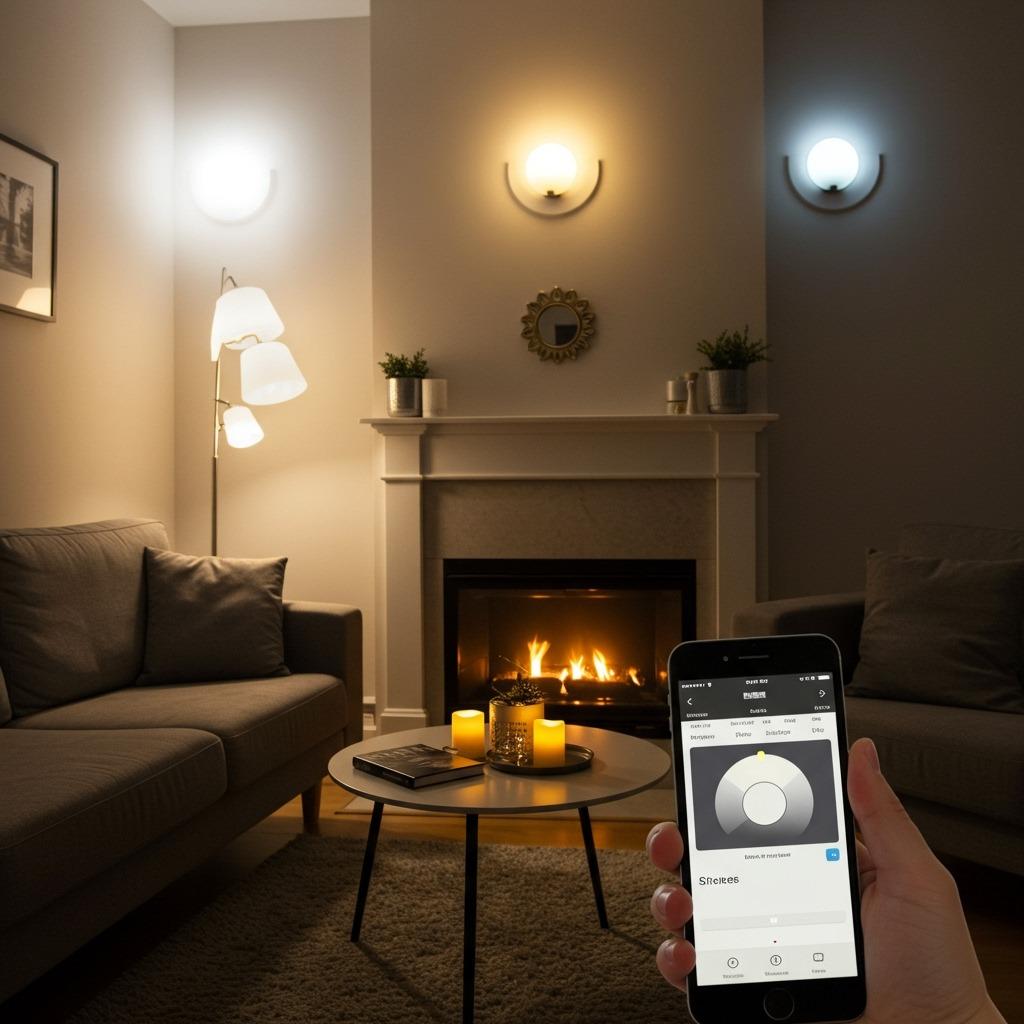
Lighting completely transforms how a room feels, and smart bulbs give you control you never knew you needed. You can adjust brightness, change colors, and even schedule your lights to match your daily routine – all from your phone or voice commands.
What makes smart lighting such a great starting point is how easy it is to install. You literally just screw in a bulb like you normally would, connect it to an app, and you’re done. No rewiring, no contractor needed. Start with one room, maybe your living room, and see how you like it before expanding.
The practical benefits go beyond convenience. Program your lights to turn on gradually in the morning to wake you up naturally. Set them to turn off automatically when you leave home. Create different scenes for movie nights, dinner parties, or quiet reading time. It’s like having a professional lighting designer built into your walls.
2. Voice-Controlled Assistants for Hands-Free Living
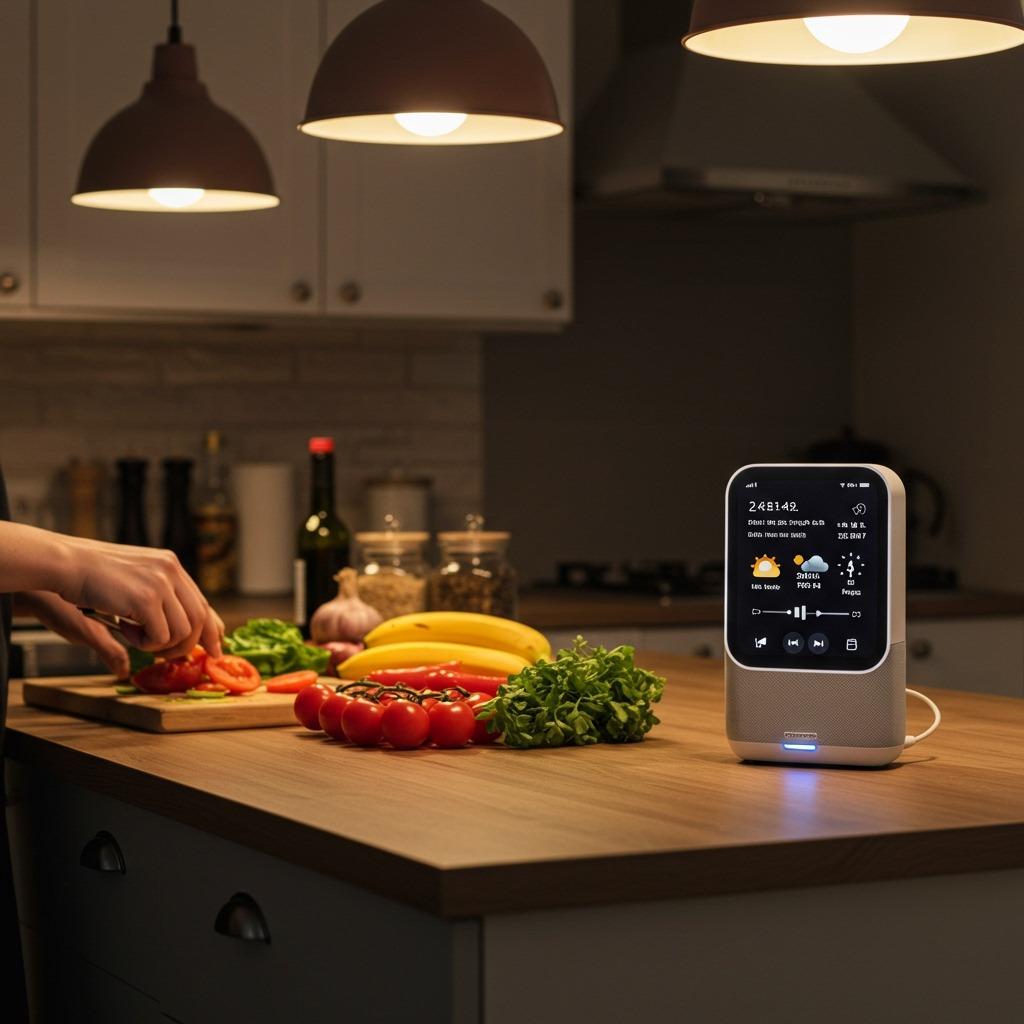
Smart speakers with voice assistants have become the hub of home automation for good reason. They connect all your devices and let you control them without lifting a finger. Ask for music, check the weather, set timers while cooking, or control other smart devices – all while your hands are busy.
The learning curve is surprisingly gentle. These assistants understand natural language, so you don’t need to memorize specific commands. Just talk to them like you would a person. They also get smarter over time, learning your preferences and routines.
Placement matters more than you might think. Put one in your kitchen for hands-free cooking help, another in your bedroom for morning routines, and maybe one in your main living area. Having multiple speakers throughout your home creates a seamless connected home experience where help is always within earshot.
3. Smart Thermostats That Learn Your Preferences
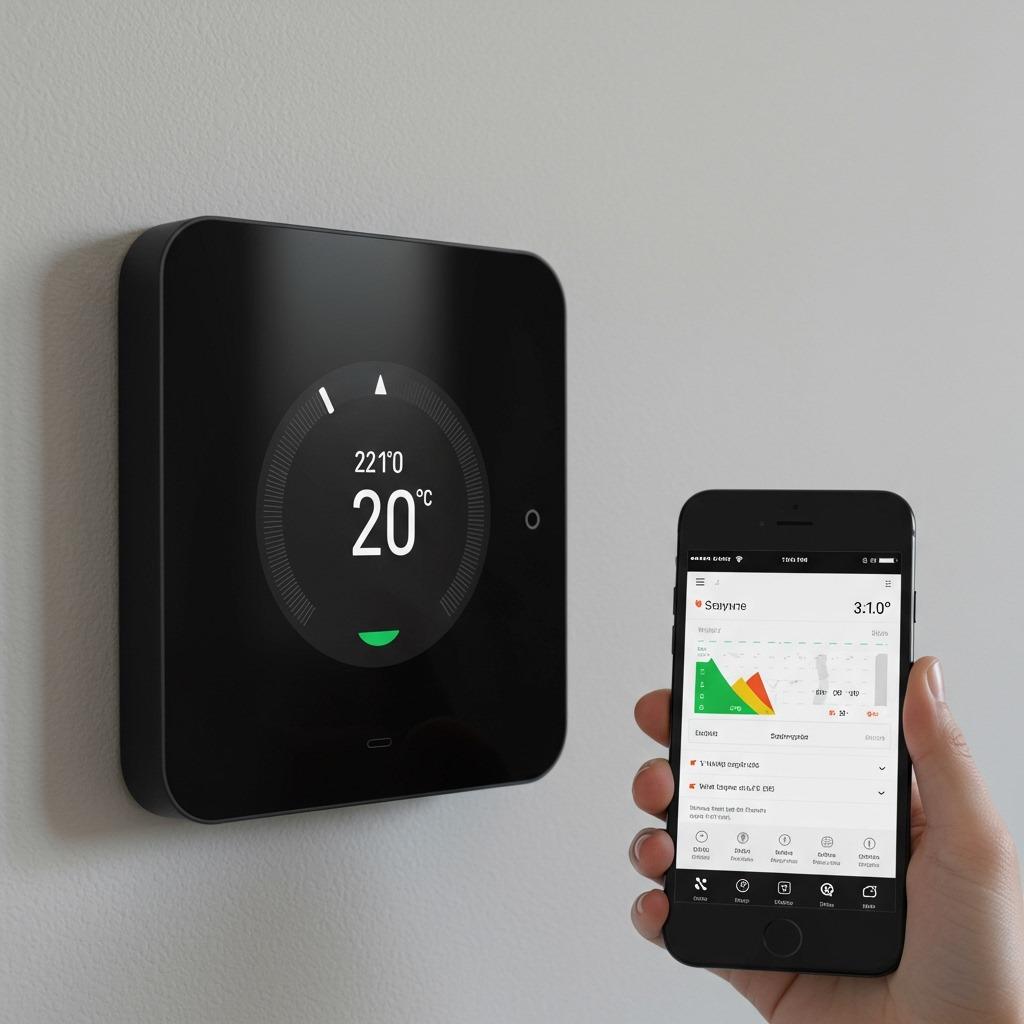
A smart thermostat might not seem exciting, but it’s probably the most practical smart home improvement you can make. These devices learn when you’re home, when you’re away, and what temperatures you prefer at different times. They automatically adjust to maximize comfort while minimizing energy waste.
Installation is usually straightforward, though it does require replacing your existing thermostat. Many people do it themselves in under an hour, but if you’re not comfortable with it, any handyman can handle it quickly. The affordable home upgrades often pay for themselves through energy savings within a year or two.
The real magic happens after a few weeks of use. The thermostat starts recognizing patterns. It knows you like it cooler when you sleep, warmer in the morning, and that you’re usually away between certain hours. You’ll forget it’s even there, but you’ll notice your home always feels just right.
4. Security Cameras and Smart Doorbells
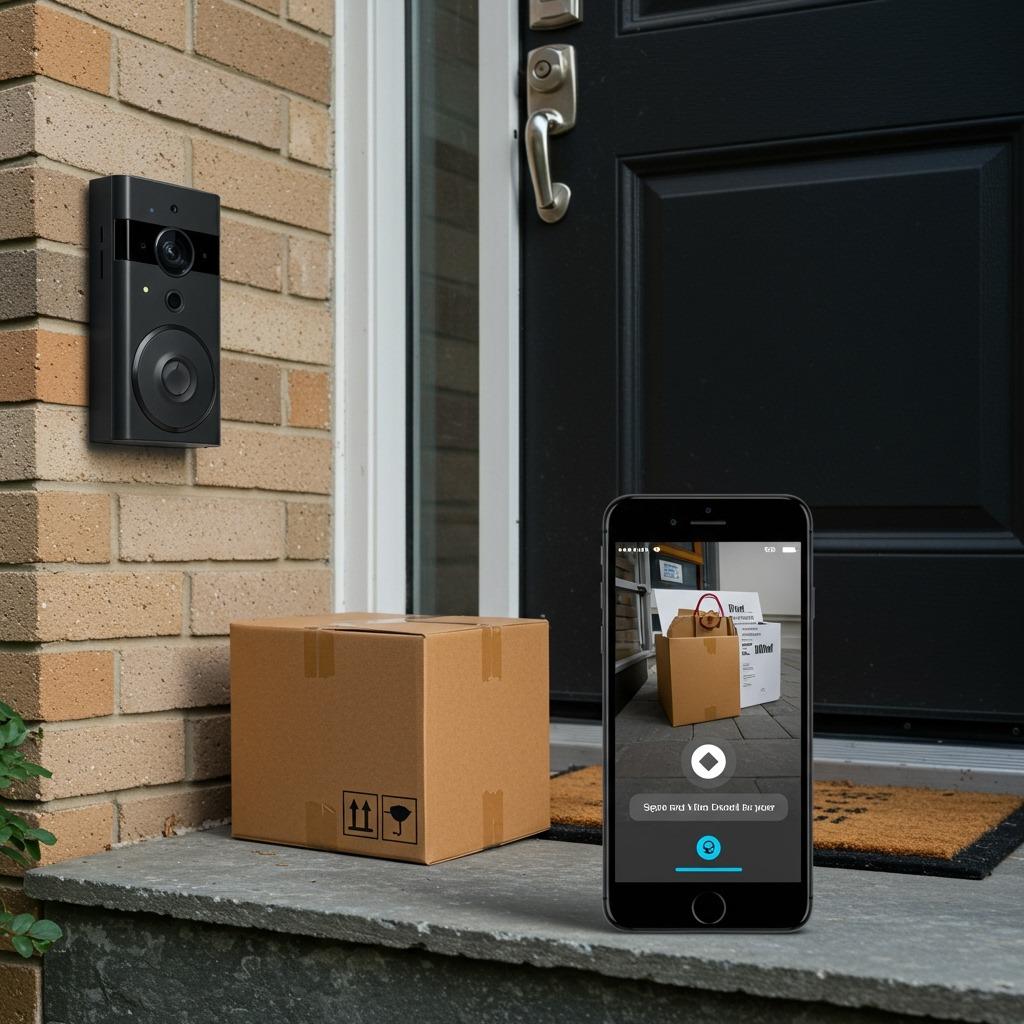
Peace of mind is priceless, and modern smart devices for security have made it incredibly accessible. Smart doorbells let you see and speak to whoever’s at your door from anywhere in the world. Security cameras give you eyes on your property 24/7, with alerts sent directly to your phone when motion is detected.
What sets today’s security devices apart is how user-friendly they’ve become. Most are wireless, battery-powered, and connect directly to your Wi-Fi. No drilling holes through walls or running cables. Stick them up, connect to the app, and you’re protected. The video quality has improved so much that you can actually identify faces and read license plates.
The subscription services that come with these devices are worth considering. They typically offer cloud storage for recorded footage, advanced detection features, and extended warranties. But many cameras also have free tiers that work perfectly fine for basic monitoring if you’re watching costs.
5. Automated Window Treatments for Effortless Control
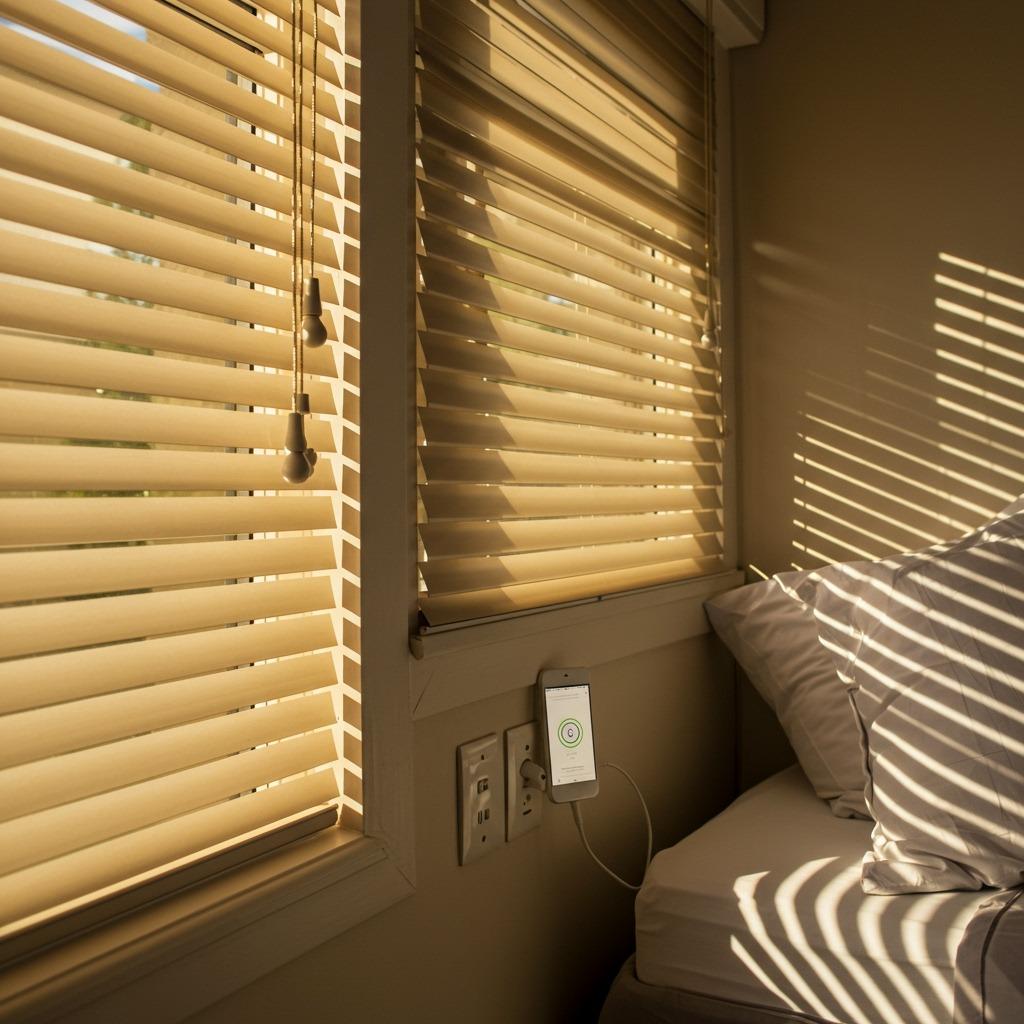
Smart blinds and shades might seem like a luxury, but they add so much convenience to your daily life. Wake up to natural light gradually streaming in, or have your shades automatically close when the sun is too harsh. Control them remotely when you’re away to make your home look occupied.
The technology has become surprisingly affordable, with options ranging from motorized rods you can install yourself to complete custom smart shade systems. Battery-powered versions are especially attractive for renters or anyone who doesn’t want to deal with electrical work. They last months on a single charge.
Think about rooms where this would make the biggest impact. Bedroom shades for better sleep and natural wake-ups. Living room shades to reduce glare on your TV without getting up from the couch. Even bathroom shades for privacy without sacrificing natural light during the day.
6. Smart Locks for Keyless Entry
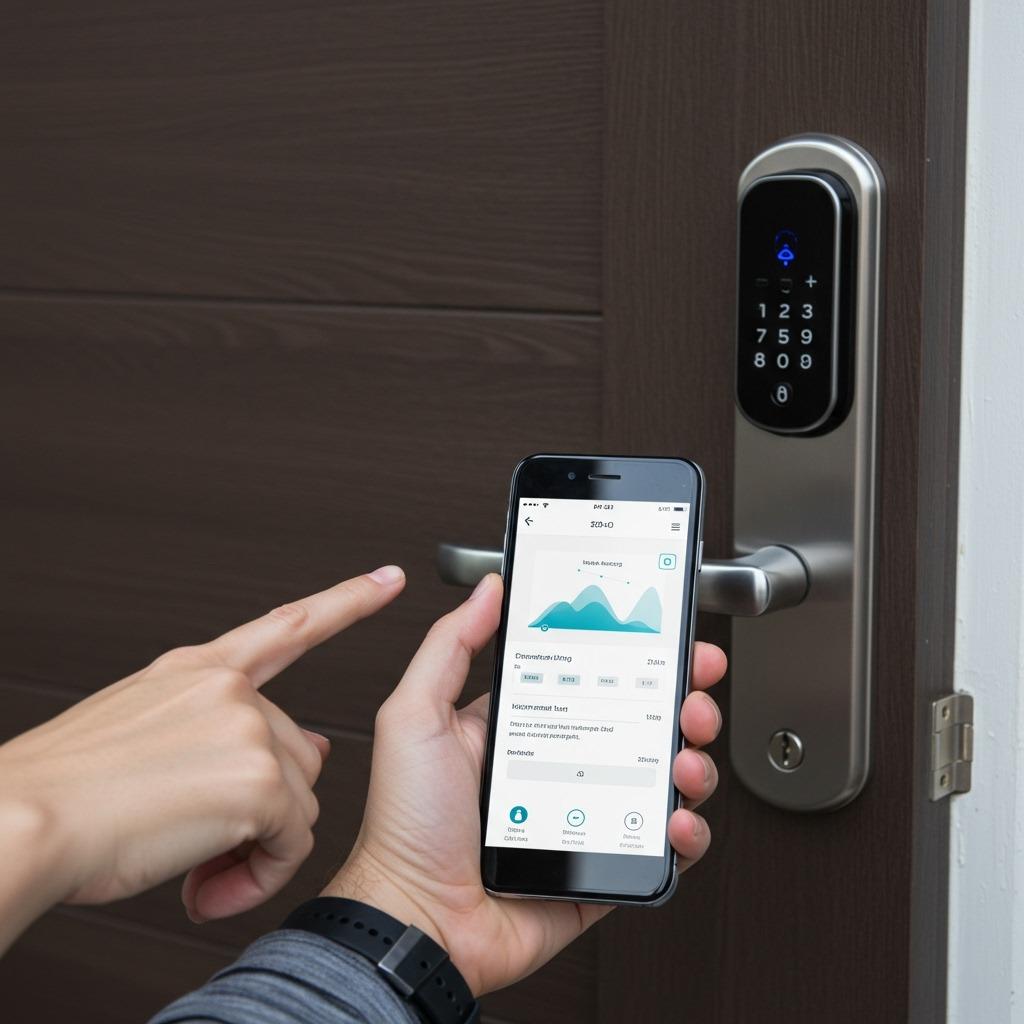
Fumbling for keys with your hands full of groceries is officially a thing of the past. Smart locks let you unlock your door with your phone, a code, or even automatically when you approach. Grant temporary access to guests, dog walkers, or contractors, then revoke it when they’re done.
Installation varies by model, but many smart locks fit over your existing deadbolt, so you don’t need to replace your entire lock system. Your keys still work too, which gives you a backup if your phone dies or you just prefer the traditional method sometimes. The best models have backup power options so you’re never locked out.
The activity logs these locks keep are incredibly useful. See exactly who came and went and when. Get notifications when your kids get home from school. Know if someone accessed your home while you were away. It’s not about distrust – it’s about awareness and control over your own space.
7. Smart Plugs for Converting Regular Devices
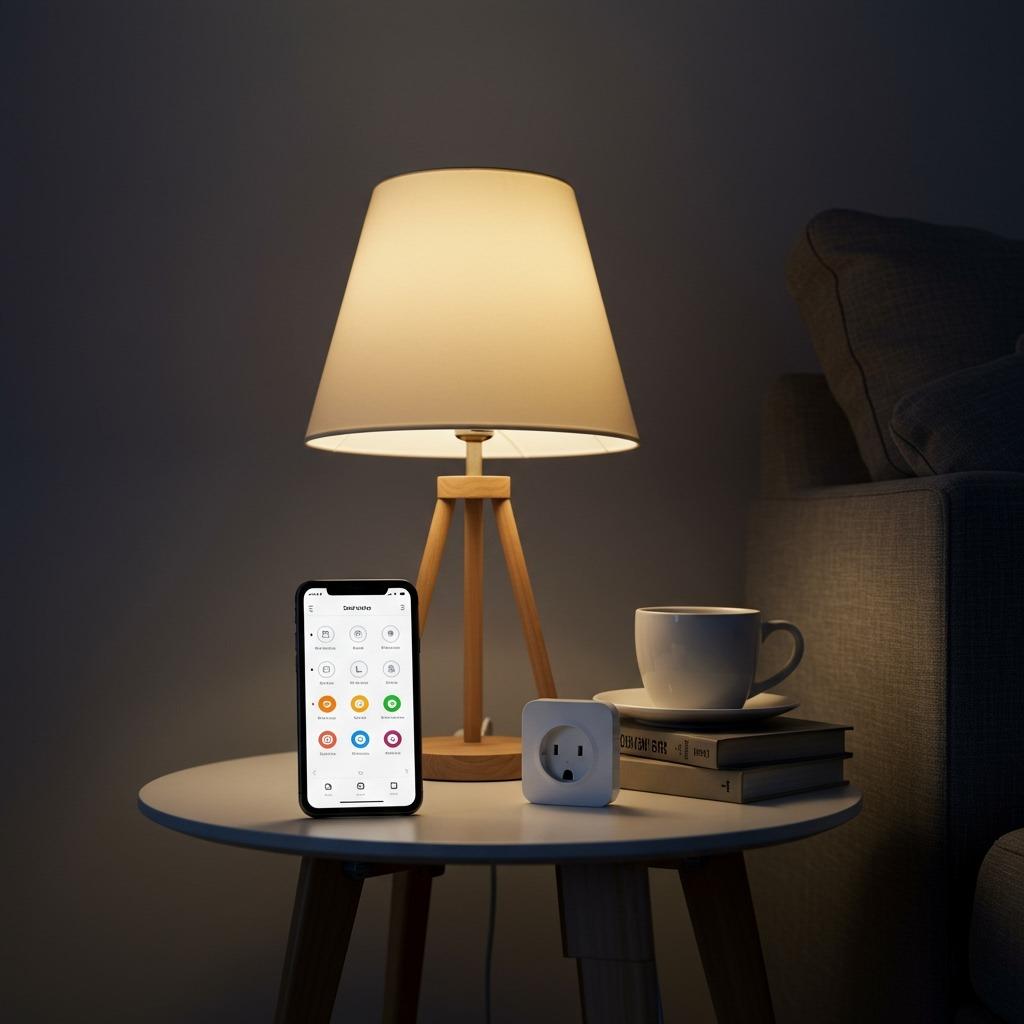
You don’t need to replace all your existing appliances to make them smart. Smart plugs are the budget-friendly secret to home automation. Plug them into any outlet, then plug your device into the smart plug, and suddenly you can control it remotely. Turn lamps on and off, schedule coffee makers, cut power to devices that waste energy on standby.
These simple devices are perfect for testing whether you even like smart home technology before investing in more expensive built-in options. They cost less than a nice dinner out, and you can move them around to different outlets as your needs change. Use them for seasonal decorations, space heaters, or any device you want on a schedule.
The scheduling features are where smart plugs really shine. Program your living room lamp to turn on at sunset so you never come home to a dark house. Schedule your fan to shut off an hour after you typically fall asleep. These small automations add up to a more comfortable, efficient home.
8. Smart Kitchen Appliances That Simplify Cooking
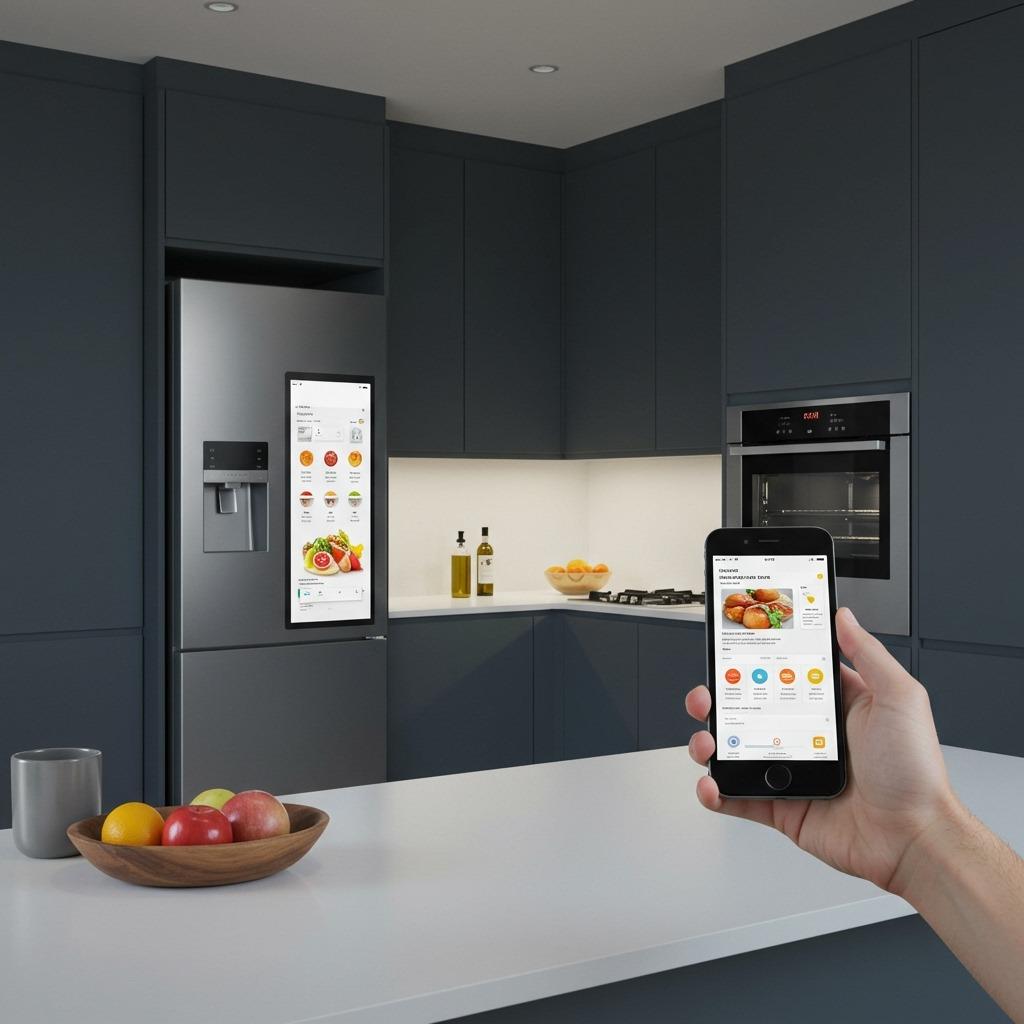
The kitchen is where smart technology can really earn its keep. Smart refrigerators keep track of what’s inside and suggest recipes. Smart ovens can be preheated from your phone on your way home. Even smart coffee makers ensure you wake up to fresh coffee without programming anything the night before.
You don’t need to replace every appliance at once – that would be overwhelming and expensive. Start with the device you use most. If you’re a coffee person, a smart coffee maker might be your perfect entry point. Love to cook? A smart oven or instant pot with Wi-Fi connectivity could change your meal prep game.
Connected kitchen devices also help reduce food waste and save money. Smart refrigerators can track expiration dates and suggest recipes based on what you already have. Smart scales help you measure precisely for better cooking results. These aren’t just gadgets – they’re tools that genuinely make your kitchen more functional.
9. Whole Home Audio Systems
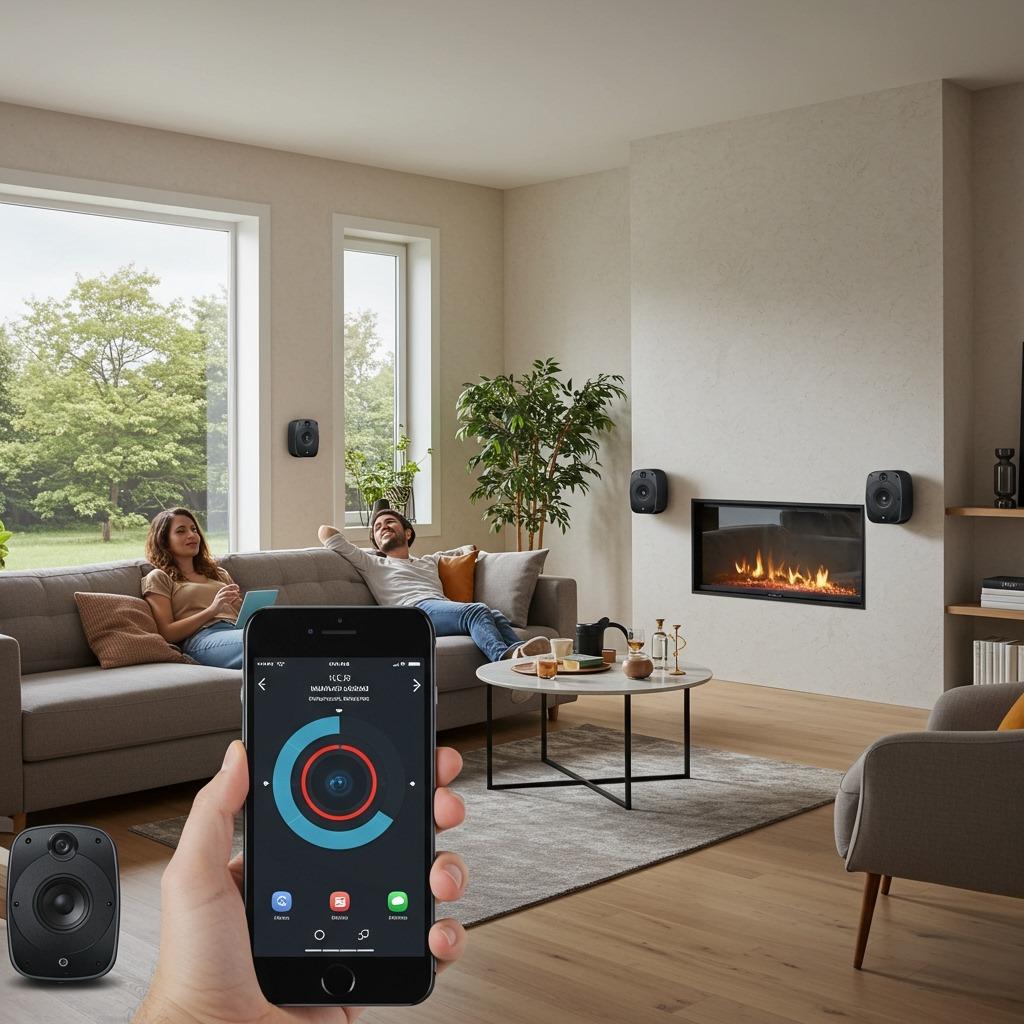
Music flowing through your entire home creates an amazing atmosphere, and modern smart audio systems make this easier than ever. Stream the same music everywhere or different songs in different rooms. Control volume from your phone or voice commands. Have music follow you from room to room as you go about your day.
The technology has evolved beyond expensive built-in systems. Wireless smart speakers work together seamlessly now, and you can start with just two or three and expand over time. Many integrate with the streaming services you already use, so there’s no learning curve or new subscriptions required.
Think about how you actually use music at home. Maybe you want upbeat music in the kitchen while cooking, something calmer in the bedroom while getting ready, and party mode when friends come over. Smart audio systems make all of this possible without any complicated setup or expensive equipment.
10. Smart Irrigation for Outdoor Spaces
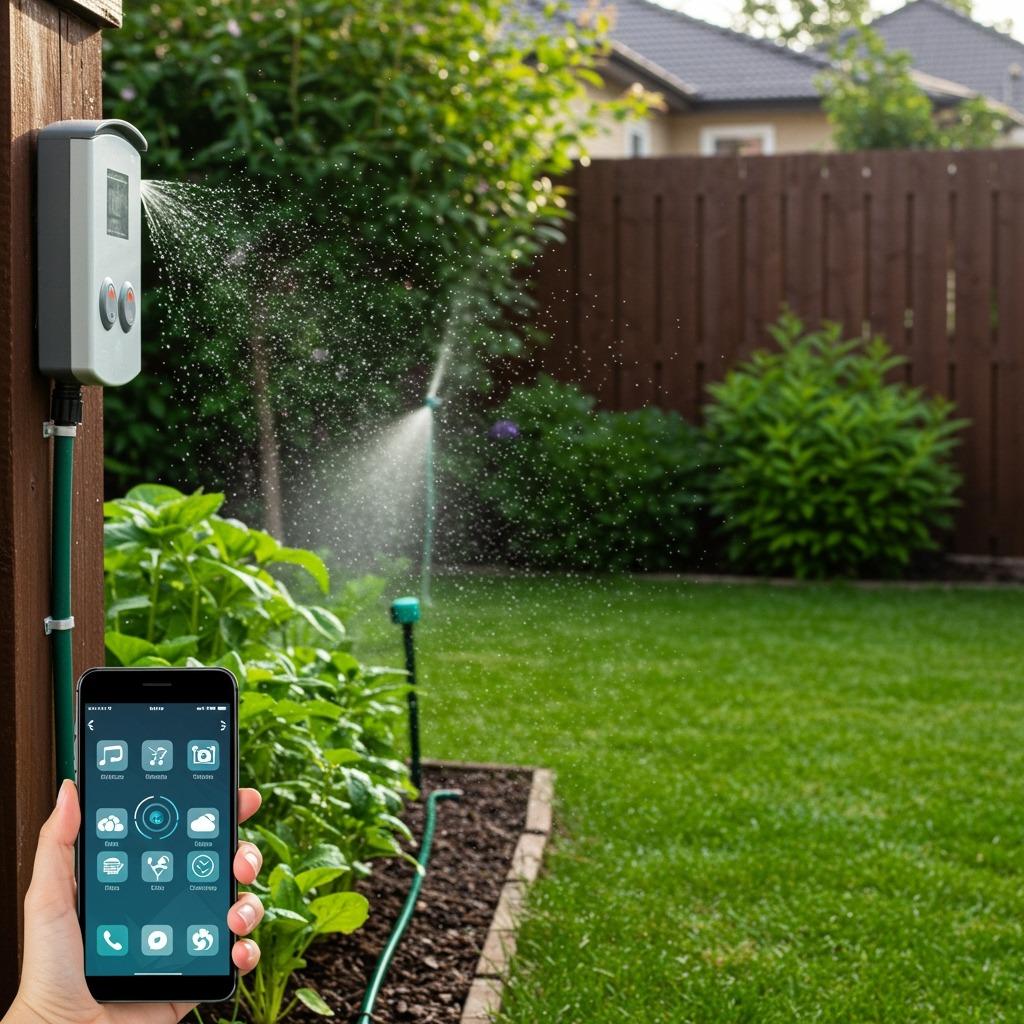
Your garden deserves smart technology too. Smart irrigation systems check the weather forecast and soil moisture levels, then water your plants exactly when and how much they need it. No more overwatering, no more forgetting to water during hot spells, and no more wasted water.
These systems can be as simple or sophisticated as you want. Basic models just let you control your existing sprinklers from your phone and set schedules. Advanced systems have multiple zones for different plant types, integrate weather data, and even pause watering if rain is forecasted. They’re surprisingly affordable considering the water savings they provide.
Installation difficulty varies, but many smart irrigation controllers simply replace your existing timer box. If you’re comfortable changing a light switch, you can probably handle this yourself. The long-term benefits go beyond convenience – many water utilities offer rebates for smart irrigation systems because they reduce water waste so significantly.
11. Air Quality Monitors and Smart Air Purifiers
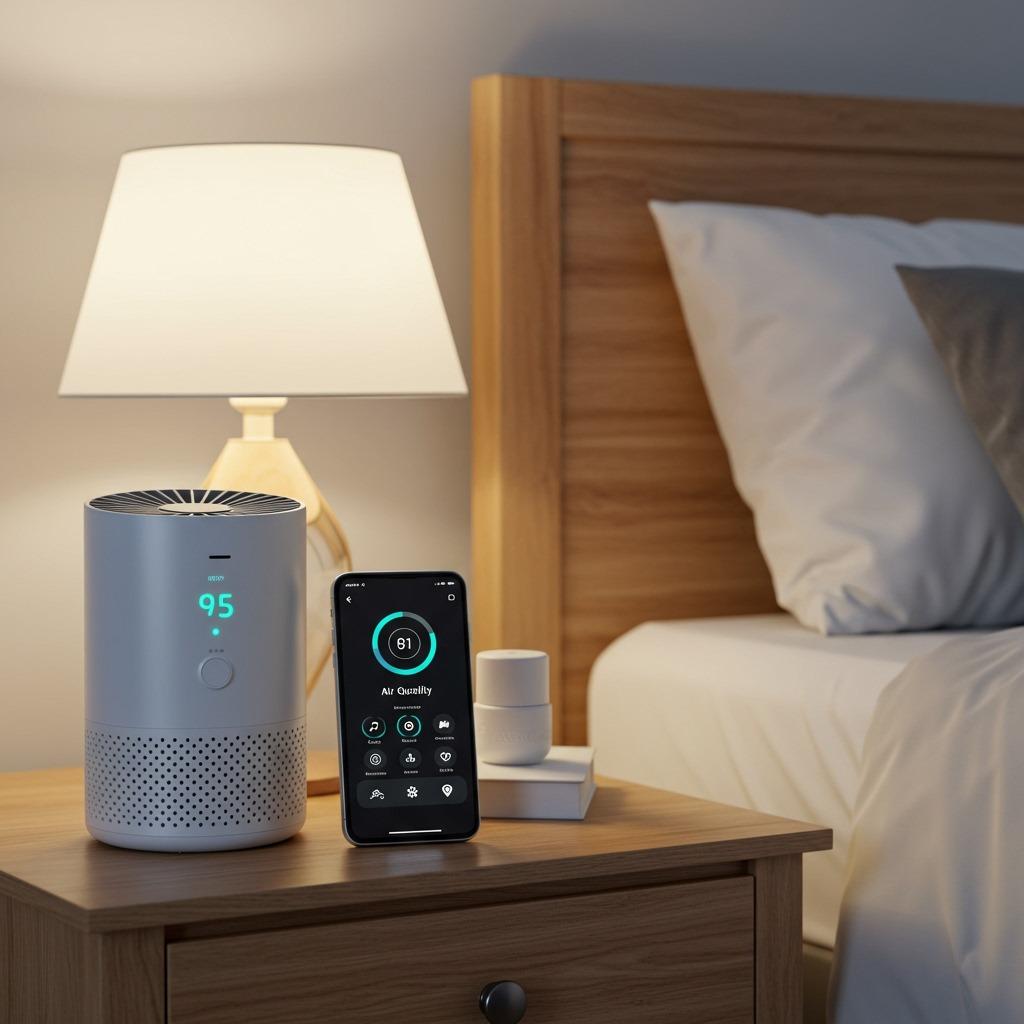
You can’t improve what you don’t measure, and that’s where smart air quality monitors come in. These devices track pollutants, allergens, humidity, and even carbon dioxide levels in your home. Pair them with smart air purifiers that automatically adjust their settings based on air quality readings, and you’ve got a system that keeps your indoor air healthy without any effort.
This matters more than most people realize. Indoor air can be more polluted than outdoor air, especially in newer, well-sealed homes. Poor air quality affects sleep, concentration, and overall health. Smart monitors give you visibility into something that’s otherwise invisible, and smart purifiers solve problems automatically.
Place monitors in bedrooms where you spend a third of your life sleeping, and in main living areas where you spend most of your waking hours. The data might surprise you. High humidity in bathrooms, cooking pollutants in the kitchen, or allergens from pets become visible problems you can actually address rather than guess about.
12. Smart Garage Door Openers
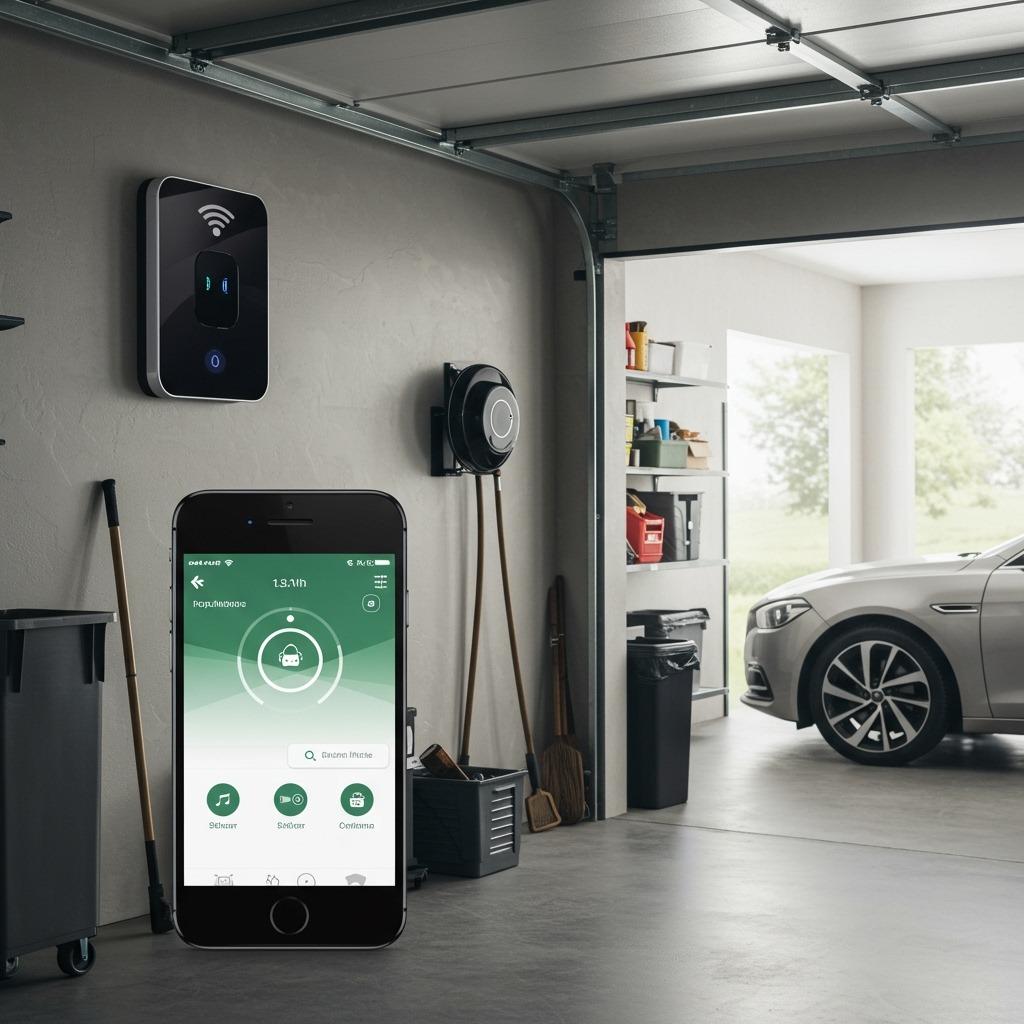
How many times have you driven away wondering if you closed the garage door? Smart garage door openers eliminate that anxiety. Check the status from anywhere, close it remotely if you forgot, and get alerts when it opens or closes. Grant temporary access to delivery drivers or guests without giving out physical openers.
Modern smart garage systems are incredibly reliable and secure. They use encrypted connections and multiple security layers to prevent unauthorized access. Many also include backup systems so you’re never locked out even during power outages or internet failures. The peace of mind alone makes them worthwhile.
Installation is usually straightforward if you have a garage door opener made in the last 20 years. Many smart controllers attach to your existing opener without requiring a full replacement. If you do need a new opener, smart models now cost about the same as traditional ones, so there’s no reason not to get the smart version when upgrading anyway.
Making Smart Home Improvements Work Together

The real power of connected home technology shows up when your devices start working together. Your smart lock can trigger lights to turn on when you unlock the door. Your thermostat can adjust when your security system switches to “away” mode. Your lights can flash when your smart doorbell detects motion. These automations make your home feel almost intelligent.
Most smart devices now support standard platforms like Apple HomeKit, Google Home, or Amazon Alexa. This means mixing brands usually works fine – you’re not locked into one company’s ecosystem. Choose devices based on which ones solve your specific problems best, not which logo they have on the box.
Start simple with your automations. Maybe just have your coffee maker start when your morning alarm goes off. Add complexity gradually as you learn what works for your lifestyle. The goal isn’t to automate everything possible – it’s to automate the things that genuinely make your life easier or more comfortable. There’s a difference.
Budget-Friendly Smart Home Improvements
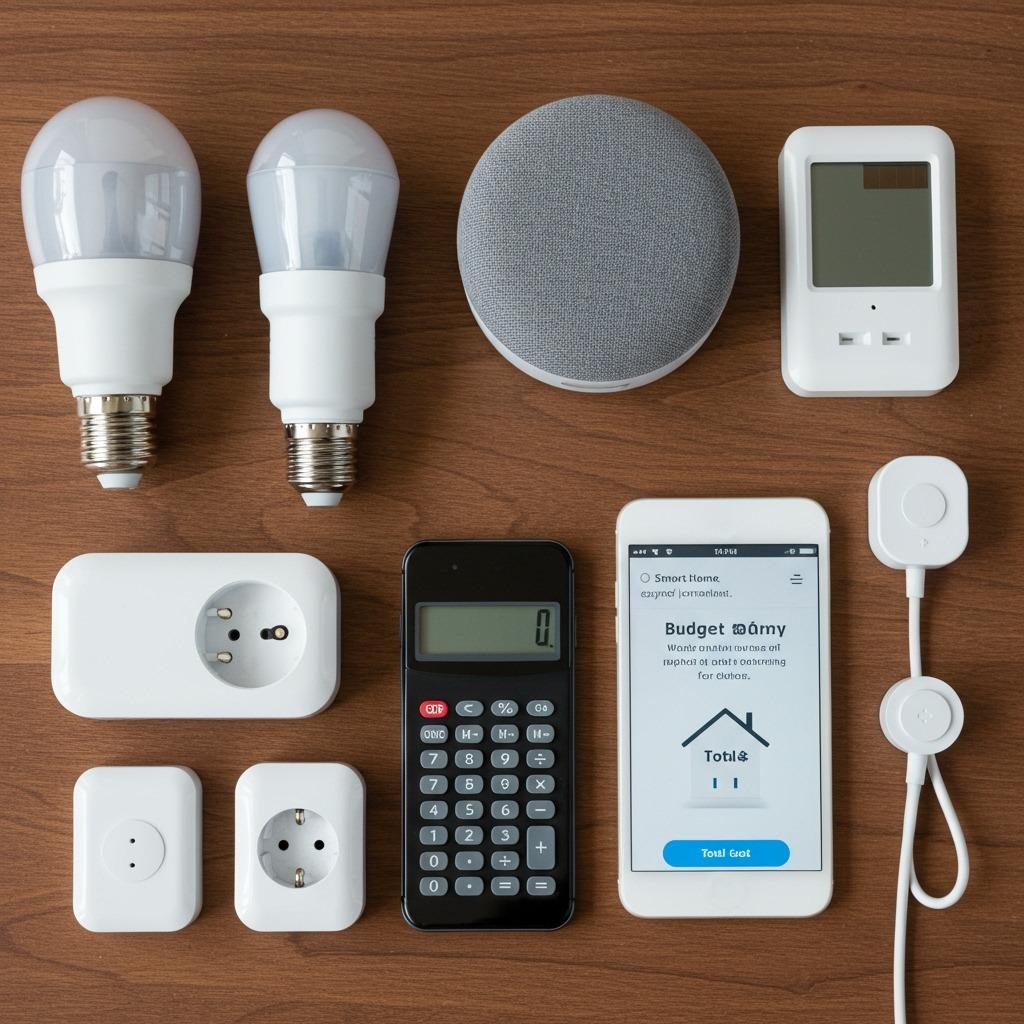
You don’t need to spend thousands to experience the benefits of smart home improvement. Start with devices under $50 like smart plugs, smart bulbs, or a basic smart speaker. These give you a taste of automation without a major financial commitment. See what you actually use and appreciate before investing in more expensive upgrades.
Watch for sales, especially around Black Friday, Prime Day, or back-to-school season. Smart devices often go on deep discount during these periods. Many utility companies also offer rebates for smart thermostats and irrigation systems. Check with yours before buying – you might get significant money back.
Prioritize upgrades based on your actual pain points, not what’s popular or looks cool. If you constantly forget to turn off lights, start with smart lighting. If you’re worried about security, begin with a smart doorbell. The best smart home is one customized to your life, not one that has every gadget available. These types of home improvement ideas should solve real problems.
Common Smart Home Mistakes to Avoid
One of the biggest mistakes people make is buying devices without checking compatibility first. Make sure everything works with your preferred control system before purchasing. It’s frustrating to buy a smart light that doesn’t connect with your existing setup. Do five minutes of research and save yourself headaches later.
Another common issue is neglecting your home’s Wi-Fi network. Smart devices need reliable internet to function properly. If your current router struggles with your current devices, adding smart home gear will make things worse. Sometimes upgrading your router before adding smart devices is the smarter investment. A mesh Wi-Fi system might be necessary for larger homes.
Don’t forget about security and privacy. Change default passwords on all smart devices. Enable two-factor authentication wherever it’s offered. Keep firmware updated. Smart devices can be entry points for hackers if you’re not careful. It’s not about being paranoid – it’s about being responsible with devices that have access to your home and personal information.
Future-Proofing Your Smart Home
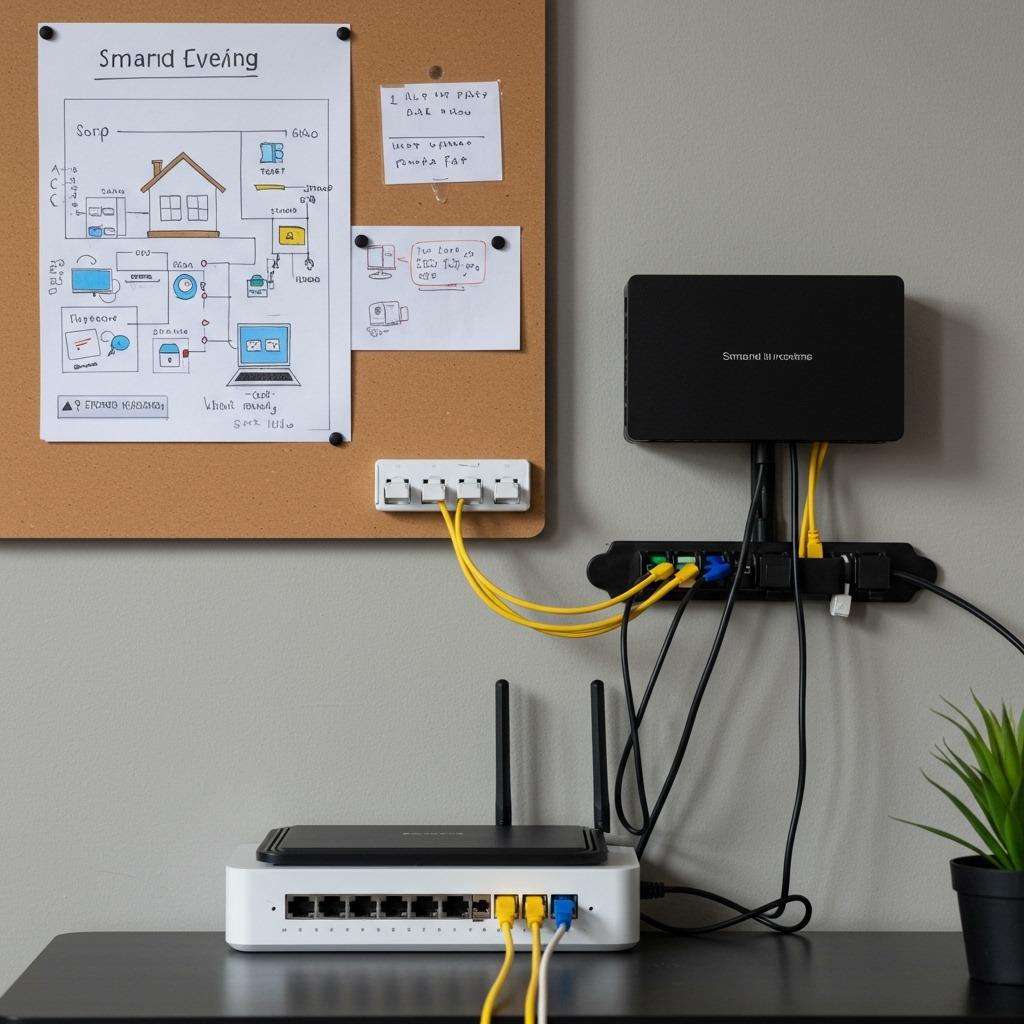
Technology changes fast, but choosing devices from established companies with good track records helps ensure long-term support. Devices that use standard protocols rather than proprietary systems are safer bets. They’re more likely to work with future devices and less likely to become orphaned when a company moves on to new products.
Think about what comes next when you plan your smart home improvements. Running extra ethernet cables during a renovation costs little now but adds flexibility later. Choosing a robust Wi-Fi system that can handle more devices means you won’t need to upgrade it soon. These small decisions compound over time.
The goal isn’t to have the newest gadget every year. It’s to build a system that grows with you, stays relevant, and continues solving problems for years to come. Buy quality devices that get regular software updates. Choose features you’ll actually use over impressive specs you’ll never need. Smart home technology should make your life simpler, not more complicated.
Building a smarter home doesn’t happen overnight, and it shouldn’t. Take your time, start with projects that excite you most, and let your smart home grow naturally as you discover what works for your lifestyle. The technology is here, it’s accessible, and it’s ready to make your everyday life genuinely easier.
What surprises most people is how quickly smart devices stop feeling like technology and just become part of how their home works. You stop thinking about the smart thermostat or the automated lights – they just do their thing quietly in the background, making your home more comfortable, secure, and efficient. That’s when you know you’ve done it right.
The beauty of starting now is that you can learn as you go. Each device teaches you something about how you want your home to function. Maybe voice control ends up being less important than you thought, or maybe automated schedules become essential to your routine. There’s no wrong way to build your connected home, just your way.



